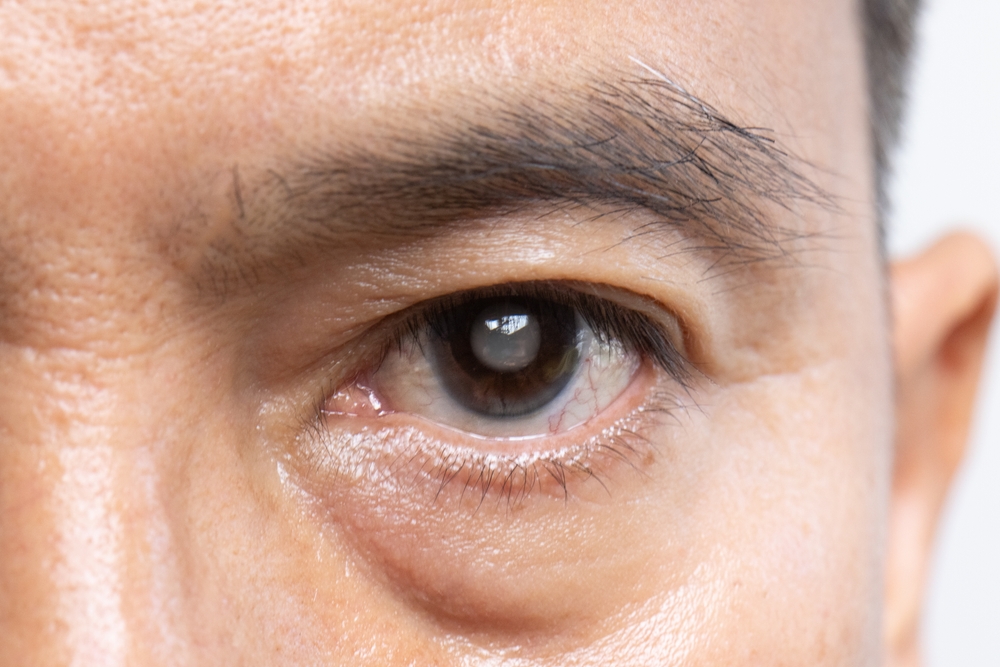Lone Star Vision Blog
Learn more about optometrist care in our blog!

In today’s digital world, many people experience headaches, eye strain, neck pain, and fatigue - especially after long hours on phones, computers, or tablets. These symptoms often stem from a condition called trigeminal dysphoria, where the visual system struggles to maintain comfortable alignment. Neurolens® glasses are designed specifically to address this issue by using advanced, customizable lens technology that reduces eye misalignment and helps relieve these uncomfortable symptoms.

Glaucoma is a group of eye diseases that damage the optic nerve - the part of your eye responsible for sending visual information to your brain. This damage often occurs due to increased pressure inside the eye (intraocular pressure) and can lead to permanent vision loss if left untreated. Because glaucoma develops gradually and often without early symptoms, understanding who is at risk is key to early detection and prevention.

If you spend long hours working on a computer, tablet, or phone, chances are you’ve experienced the effects of digital eye strain. Common symptoms include headaches, blurred vision, neck pain, or even a sense of fatigue that sets in well before the workday ends. While taking breaks and adjusting your screen setup can help, many people continue to struggle with discomfort. That’s where Neurolens® comes in.

Cataracts are one of the most common eye conditions affecting adults as they age. This condition occurs when the natural lens of the eye becomes cloudy, making it difficult for light to pass through clearly. Over time, cataracts can cause blurred or hazy vision, sensitivity to glare, difficulty seeing at night, and faded colors.

Macular degeneration is a common eye condition, especially among adults over the age of 50, that affects the central part of your vision. While there is no cure for macular degeneration, there are several strategies you can use to help protect your remaining vision and maintain your quality of life.

If your eyes often feel dry, irritated, or fatigued, you may be experiencing more than just a minor annoyance. It could be a sign of dry eye syndrome. This common condition can interfere with your daily comfort and even affect the clarity of your vision. At Lone Star Vision, we offer TearCare®, an advanced treatment that targets the underlying cause of dry eye to provide lasting relief.

Dry eye syndrome is a common condition that can cause stinging, burning, or a gritty sensation in the eyes. While environmental factors and screen time often get the blame, what you eat may also influence the severity of your symptoms. At Lone Star Vision, we believe in a comprehensive approach to eye health, which includes not only clinical care but also education on how lifestyle choices like nutrition can make a difference.

When most people think about vision, they focus on clarity. But good vision goes beyond sharp eyesight. It also includes how well your eyes work together, how smoothly they move, and how efficiently your brain processes what you see. If any part of this system is off balance, it can lead to a range of issues, from eye strain and headaches to difficulties with reading and learning.

Do you find yourself rubbing your eyes, battling headaches, or feeling tension in your neck after a long day on the computer? If so, you’re not alone. Many people in Plano, Celina, and the surrounding North Texas communities experience these symptoms, often without realizing that their eyes might be the root cause. At Lone Star Vision, we offer a cutting-edge solution: Neurolens. These advanced lenses use contoured prism technology to correct misalignment and provide relief from eye strain, headaches, and fatigue.

Photorefractive keratectomy (PRK) is a popular laser eye surgery designed to correct vision by reshaping the cornea. It’s a safe and effective option for individuals who may not be candidates for LASIK. Understanding what to expect during the process can help ease any concerns and prepare you for the journey to clearer vision. Here’s a step-by-step breakdown of PRK surgery and what you can expect at each stage.







